The Hundred Years’ War: 116 Years of Battle
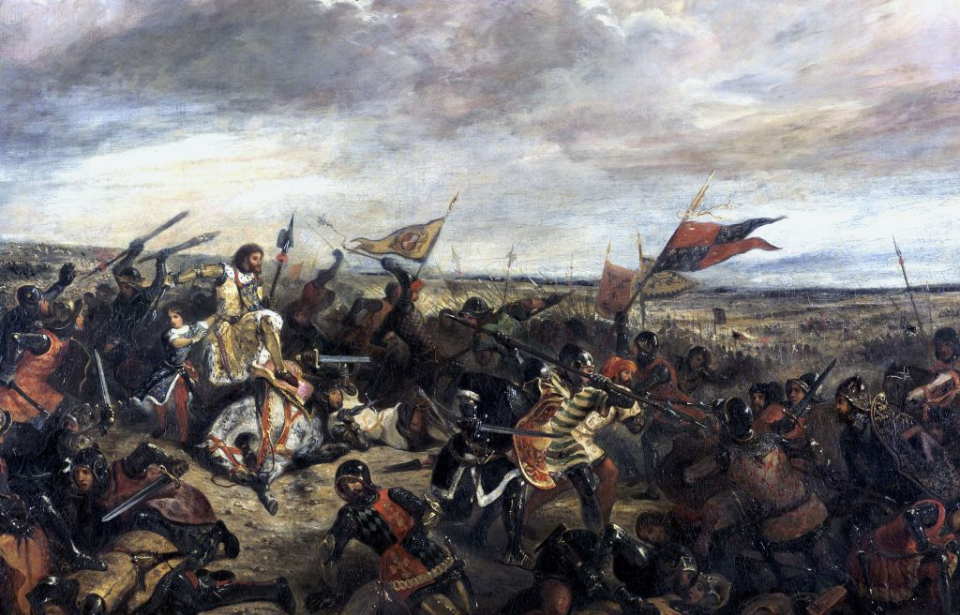
The Hundred Years’ War might be one of the most important conflicts of the Middle Ages. Despite the name, it was fought over the period of 116 years between multiple rulers of England and France. While it began as a relatively small conflict, it grew into a full-scale war that had a profound effect on the monarchies, nobles, and civilians that lived during this period.
A war that passed through five generations of monarchs was undoubtedly politically complex and confusing. Why did the war start, who fought it, and how did it end? Read on to discover the answers to these questions and more, and learn why the Hundred Years’ War was so important.
Why did the war start?
For a war to last so long, one might assume a grievous and heinous act was committed. Yet this was not the case during the Hundred Years’ War. The conflict really came down to the succession of the French throne. From as early as 1066 AD, the English Crown had controlled some land in France, however, much of it was reclaimed for the French by Philip IV.
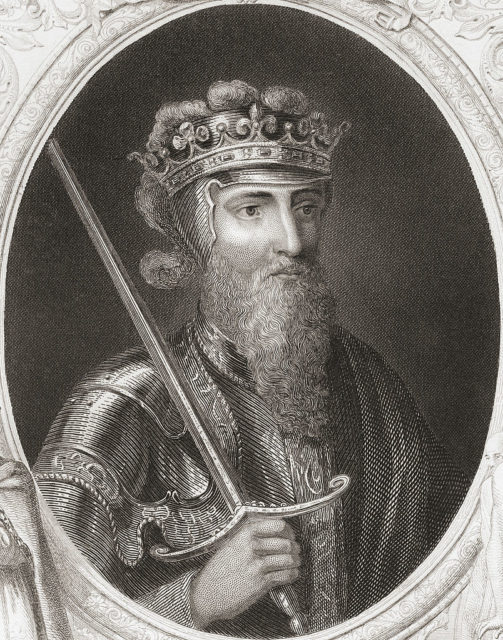
King Edward III of England, an ambitious man, ruled at the onset of the Hundred Years’ War and decided he wanted to take his so-called rightful lands back from the French Crown. To do so, he decided that he would make a claim for the French throne using the lineage of his mother, Isabella of France, as his justification. In 1337, he invaded Flanders to begin his pursuit of the crown.
Edwardian phase
The Hundred Years’ War can be broken up into three major phases: the Edwardian phase, the Caroline phase, and the Lancastrian phase. This earliest period, following Edward III’s invasion of France, was fought between the English king, his son Edward the Black Prince, the French King John II, and the French Prince Charles V. This phase is generally viewed as a success for the English.
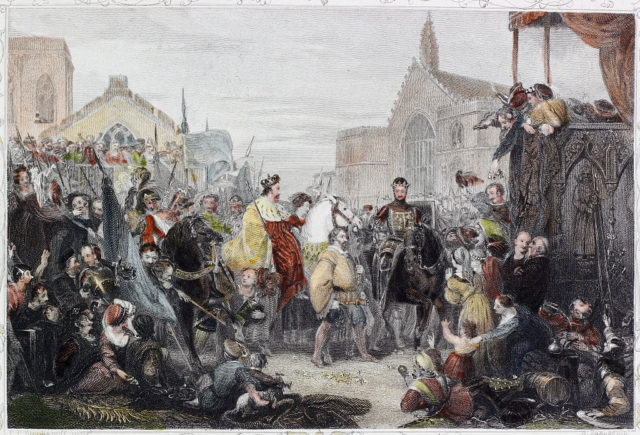
The English won some minor battles among French territories that had previously belonged to England, as well as major battles in Crécy (1346) and Poitiers (1356). The latter was particularly important as the English were able to capture the French king and take him prisoner. This forced a French surrender. The warring sides signed the Treaty of Calais in 1360 which gave the English back many of their French lands.
The Treaty of Brétigny was also signed, which set the French king’s ransom at three million crowns – an outrageous fee. As a sign of good faith, John II was allowed to return to France while leaving his son Louis as a hostage in his place so that he could raise the money for his ransom. Louis, however, escaped, prompting John to return to England as a willing captive.
Caroline phase
The treaties did not bring an end to the Hundred Years’ War, as the French king died while an English captive. Despite being well treated, and greeted with joy by the English on his return to London, he died in 1364. His son Charles, angered by the death, refused to honor the treaties that had been signed and both sides again went to war, beginning the Caroline phase of the conflict.
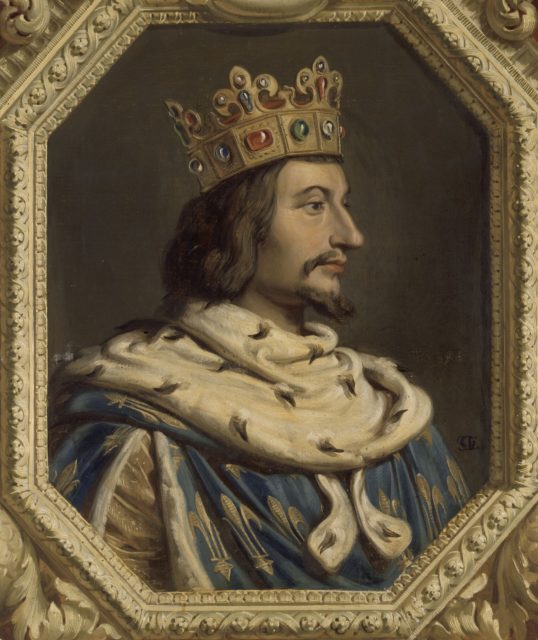
The French were able to take back much that they’d ceded in the treaties over the next 14 years, leaving the English with a very small number of lands still in their control. After the death of Charles V in 1380, the English and the French became preoccupied with their own civil issues as well as the devastation of the Black Death.
Lancastrian phase
Despite the tentative peace that had occurred between both parties, the English, led by King Henry V, yet again decided to push their claims to the throne of France while the country was preoccupied with its own civil war. The English had an astounding win during the Battle of Agincourt (1415) and the Battle of Verneuil (1424), and successfully allied themselves with Burgundy. This put the English in an extremely powerful position, yet their victory in the Hundred Years’ War never emerged.
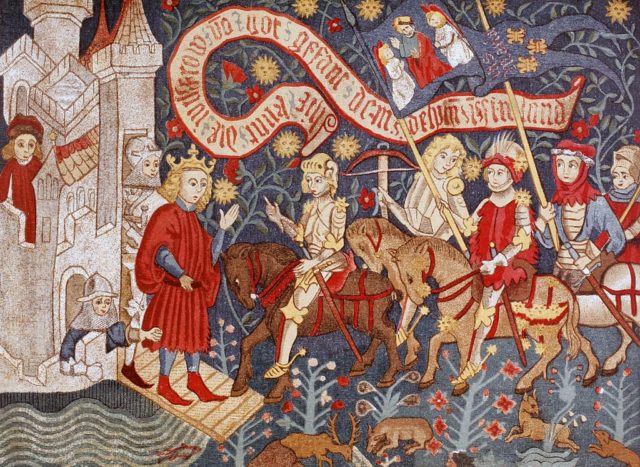
By 1429, a now-famous young woman, Joan of Arc, joined the war. She had gone to Prince Charles VII of France claiming to have had visions from God. She managed to convince him to let her lead an army against the English at Orléans. Following her arrival, the siege became a staggering win for the French and marked the beginning of the end of the Hundred Years’ War. Joan was eventually captured by the Burgundians and burned at the stake, but her role helped turn the tide in the lengthy war.
How did it end?
How did the Hundred Years’ War finally come to a close? The win at Orléans gave the French the momentum they needed to win a series of decisive victories against the English in Patay (1429), Formigny (1450), and Castillon (1453). Charles VII gained back his territories in all of Normandy and Aquitaine, leaving the English only Calais, which they would come to lose in 1558.
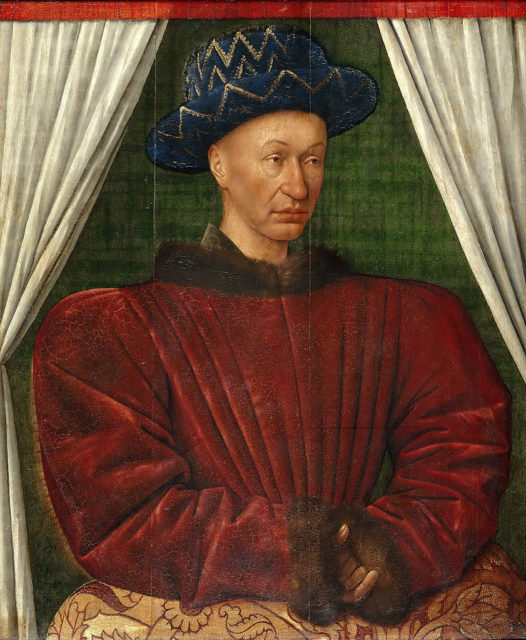
France then regained Burgundy, Provence, and Brittany through military force and marriage alliances which helped to only further solidify their victory. The French, although having suffered much during the war, ultimately came out a stronger and more unified country. England, on the other hand, was largely bankrupt. The country emerged from the Hundred Years’ War only to become involved in the War of the Roses.
Militarily, the war brought about rapid improvements to the technology used on both sides of the battle. The English adapted Hobelars, lightly armored mounted troops, as well as the typical heavily armored ones. Armies also implemented new structures, tactics, and weapons, including the use of field artillery. By the end of the Hundred Years’ War, both the French and the English had standing armies that were more experienced and disciplined than ever before.
